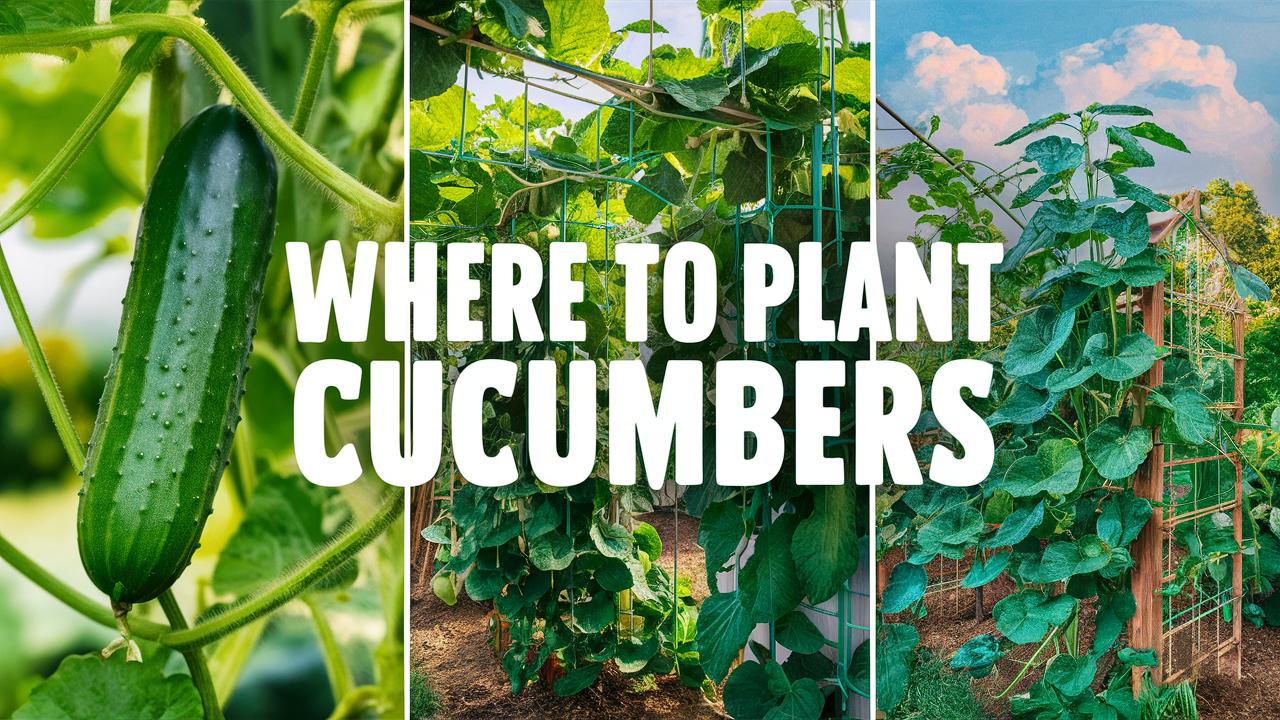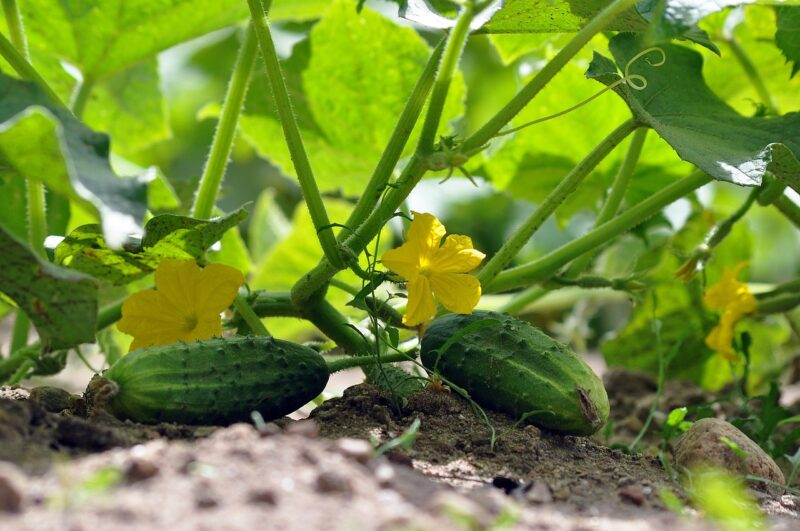This post will explore various aspects of where to plant cucumbers, including ideal site conditions, companions, soil factors, sunlight needs, and innovative growing options. So grab your gardening gloves and let’s dig in!
Understanding Cucumbers and Their Growing Needs
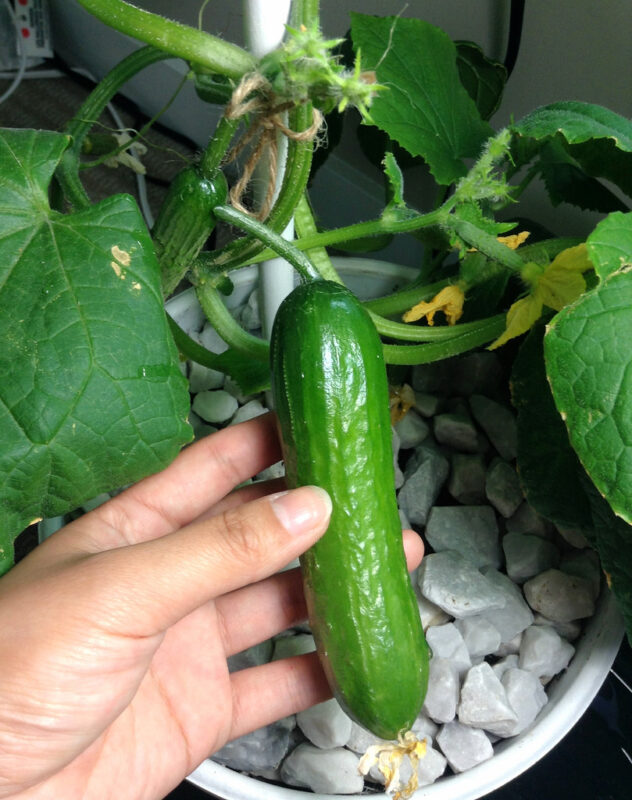
Before diving into the specifics of planting locations, it’s important to recognize the growth requirements of cucumbers. These vine plants, known scientifically as Cucumis sativus, thrive when their basic needs are met. Understanding these requirements will help ensure that your planting location is conducive to healthy growth.
Cucumbers prefer warm weather, typically thriving in temperatures ranging from 70°F to 95°F (21°C to 35°C). They are sensitive to frost and require a relatively long growing season of about 50 to 70 days, depending on the variety. To promote optimal growth, cucumbers need well-draining soil rich in organic matter. They also require consistent moisture, yet are susceptible to root rot if overwatered. Keeping these factors in mind will guide us as we explore the best locations to plant cucumbers.
Choosing the Perfect Site: Sunlight and Sheltering
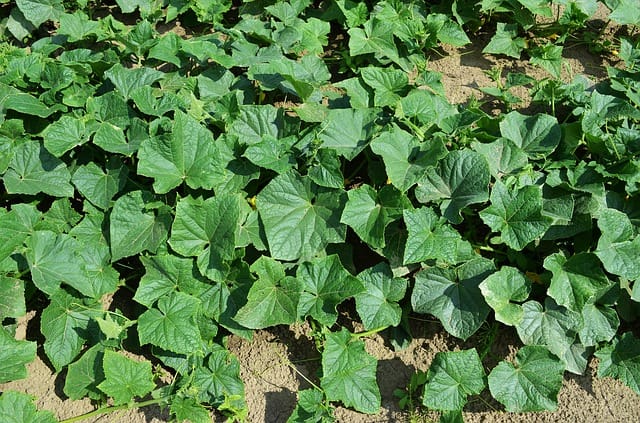
Sunlight Requirements
Cucumbers are true sunlight lovers. A well-lit area, ideally receiving at least six to eight hours of direct sunlight daily, is essential for maximizing growth and fruit production. When looking for a site in your garden, focus on areas where sunlight is abundant throughout the day. This ensures the plants receive the heat and energy they need to reach their full potential.
Sheltering Considerations
While sunlight is vital, cucumbers also benefit from some protection against harsh elements like wind and heavy rain. Planting cucumbers near structures such as fences, walls, or taller plants can provide the necessary shelter. This not only protects the vines from damaging winds but can also enhance pollination by providing a microclimate that attracts bees and other pollinators.
Soil: The Foundation of a Healthy Garden

Soil Type
The next critical factor in determining where to plant cucumbers is soil quality. Cucumbers thrive in loamy, well-draining soil with plenty of organic matter. This type of soil allows moisture retention without oversaturation. Avoid areas where the soil is too sandy, as it can dry out quickly, or too clay-heavy, which can retain too much moisture. A good rule of thumb is to test your soil; a pH level between 6.0 and 7.0 is ideal for cucumbers.
Improving Soil Quality
If your garden area lacks the ideal soil characteristics, don’t fret! There are plenty of ways to amend your soil. Adding compost or well-rotted manure will enhance soil structure and fertility. Organic matter not only boosts nutrient levels but also improves aeration and drainage, creating a thriving environment for cucumber roots. Testing your soil for nutrients can provide insights into specific amendments needed, giving your cucumbers the best chance at success.
Spacing: Designing Your Cucumber Garden

Row Spacing
When planning your cucumber garden, consider how much space your plants will need. Cucumbers are vigorous climbers, so providing adequate spacing is crucial to ensure air circulation and prevent diseases. A general guideline is to plant cucumber seeds or seedlings 12 to 18 inches apart in rows that are 3 to 4 feet apart. This spacing allows the vines to sprawl and climb while minimizing competition for nutrients.
Vertical Growing
If space is tight or you want to maximize your garden’s vertical potential, consider planting cucumbers vertically using trellises or cages. This technique not only saves space but also helps improve airflow around the plants, reducing the risk of fungal diseases. When planting cucumbers to grow vertically, ensure that they are still spaced adequately, ideally around 12 inches apart. Using this method, you can create a stunning green wall full of delicious cucumbers!
Companion Planting: Creating Harmony in the Garden
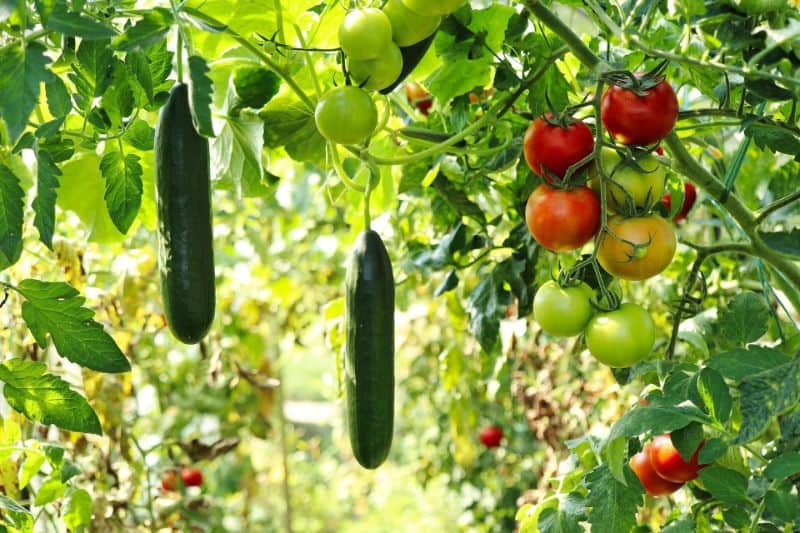
The Benefits of Companion Planting
Companion planting is a gardening strategy that involves placing different plants together to enhance growth, deter pests, and provide mutual benefits. Cucumbers have several companion plants that can aid their growth while also improving your overall garden health.
Ideal Companion Plants
Consider planting cucumbers alongside radishes, beans, or corn. Radishes can help deter cucumber beetles, while beans fix nitrogen in the soil, enriching it for your cucumber plants. Corn can offer some necessary shade, particularly in hotter climates. Additionally, growing cucumbers alongside marigolds can help repel harmful pests.
By strategically placing these companion plants near your cucumbers, you will foster a symbiotic relationship that encourages healthy growth and can lead to a more bountiful harvest.
Watering: Ensuring Consistent Moisture
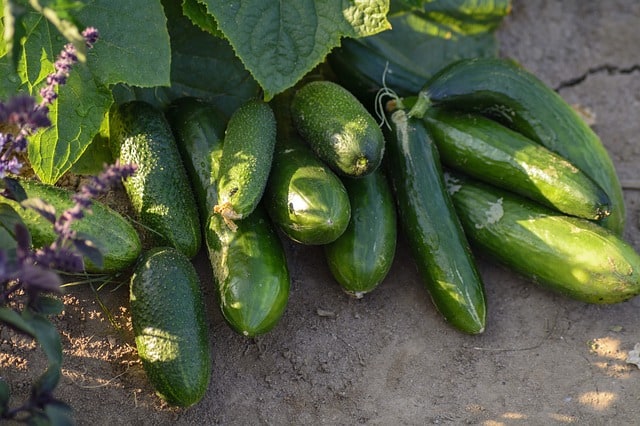
The Importance of Watering Location
Alongside sunlight and soil, water plays a crucial role in cucumber cultivation. When choosing where to plant cucumbers, consider how easy it is to provide consistent watering. Cucumbers need about an inch of water per week, especially during dry spells. Setting up a drip irrigation system or using soaker hoses can be a good strategy to maintain an ideal moisture level.
Watering Strategy
Deep, infrequent watering encourages deep root growth, which is vital for cucumber plants to access moisture and nutrients effectively. Early morning is the best time to water. This timing helps reduce evaporation while allowing leaves to dry during the day, minimizing the risk of fungal diseases. Avoid overhead watering in the evening, as wet foliage overnight can lead to mildew and other problems.
Creative Planting Options: Raised Beds and Container Gardens
Raised Beds
If your garden soil is poor or your yard has limited growing space, consider using raised beds for planting cucumbers. Raised beds offer excellent drainage, warmer soil temperatures, and improved accessibility. These can be built using timber, stone, or other materials, and provide a controlled environment for your plants.
When using raised beds, ensure that they are at least 12 to 18 inches deep. This depth allows cucumber roots to spread adequately. You can also add a trellis to the back of the raised bed, promoting vertical growth and making harvesting easier.
Container Planting
Container gardening is an excellent option for cucumber cultivation, especially in urban settings or balconies. Choose large pots or containers (at least 5 gallons) to give the cucumber roots ample room to grow. Consider using self-watering containers to reduce the need for daily watering while ensuring your plants remain hydrated.
When planting cucumbers in containers, regularly check for moisture levels, especially during hot weather, as pots can dry out more quickly than garden beds. With the right care, container-grown cucumbers can produce a delightful harvest even in small spaces.
Seasonal Considerations: Timing Your Planting
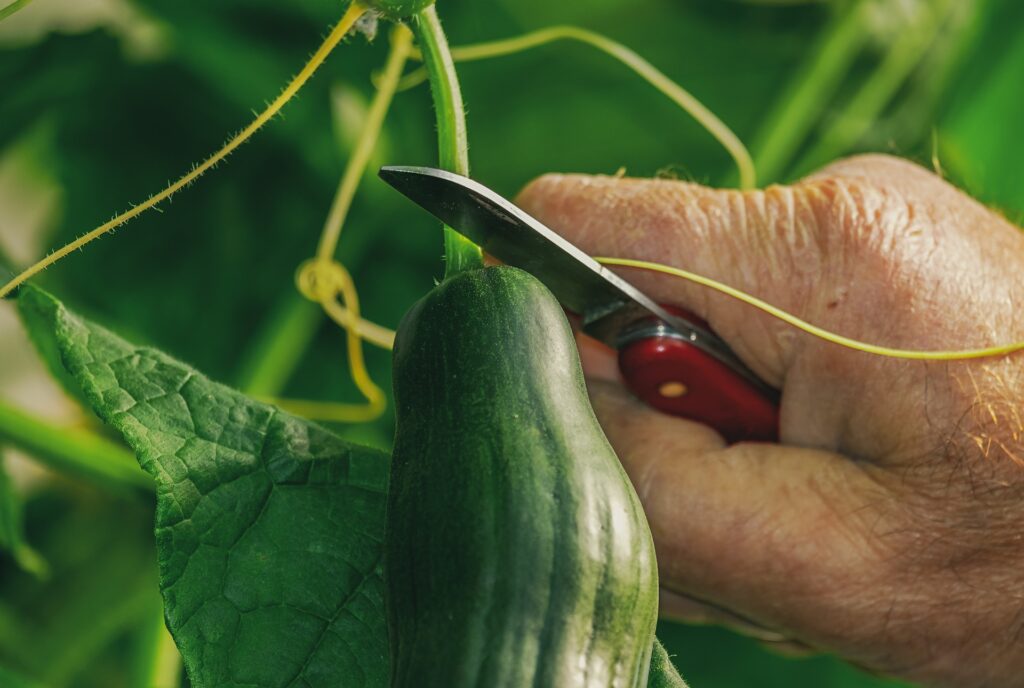
When to Plant Cucumbers
Timing is key when planting cucumbers. In most regions, cucumbers should be planted after the last frost date in spring. The soil temperature should be consistently above 60°F (15.5°C) for optimal germination. This may vary based on your location, so local climate knowledge is invaluable.
Seasonal Adaptations
In warmer climates, cucumbers can also be planted in late summer for a fall harvest. This provides a bonus crop while minimizing competition with weeds common in spring. In cooler climates, consider starting seeds indoors to get a head start on the growing season. Transplanting seedlings outdoors can help you enjoy fresh cucumbers earlier in the summer.
Pest and Disease Management: Maintaining Health in Your Cucumber Patch
Common Pests
Cucumbers can attract various pests, including aphids, cucumber beetles, and spider mites. When selecting your planting site, consider how accessible it is for monitoring and controlling these pests. Implementing companion planting strategies can help deter these unwanted visitors, as mentioned earlier.
Disease Resistance
In addition to pests, diseases like downy mildew, powdery mildew, and bacterial wilt can affect cucumber plants. Planting cucumbers in well-drained soil and ensuring good airflow around the plants can significantly reduce disease risks. Crop rotation is another essential practice to prevent the buildup of soilborne pathogens. By keeping these factors in mind, you can create a thriving cucumber patch.
Conclusion: Planting Success Awaits
Choosing the right location to plant cucumbers is an essential aspect of cultivating these delightful vegetables. From ensuring adequate sunlight and shelter to preparing high-quality soil, every decision counts towards a successful harvest. By understanding the unique needs of cucumbers, implementing companion planting strategies, and experimenting with creative planting methods, you can create an ideal growing environment for these versatile crops.


